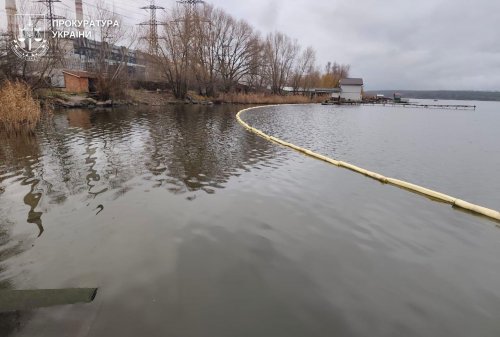A strong odor reminiscent of sulfur or burnt rubber has been detected in the region around the Finnish capital, Helsinki.
This was reported by Reuters.
It is felt over an area of at least 60 km along the southern coast of Finland. The cause of this phenomenon is currently unknown, but the Rescue Department and other authorities are investigating the situation.
The Helsinki Rescue Service stated that there is no indication that the smell is hazardous to health.
It is also known to have been detected in St. Petersburg, Russia. Local media report a pungent odor that has been in the area for several days.
As Ecopolitics previously reported, a study by researchers from the Barcelona Institute for Global Health (ISGlobal) showed that over the past 20 years, air quality has improved in Europe, but about 98% of people live in areas with unhealthy levels of fine particles of PM2.5.





